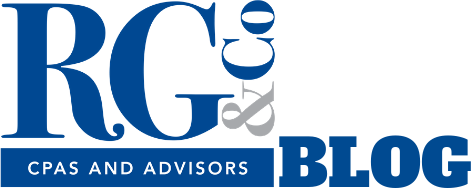Governmental accounting has been changing rapidly over the past several years, with more changes still to come. Just when we thought we could rely upon a balance sheet being Assets = Liabilities + Equities, GASB (the Governmental Accounting Standards Board) throws in Deferred Inflows and Outflows of Resources into our equations.
In the last 10 years, GASB has issued 36 pronouncements and 13 implementation guides. That’s a lot to keep up with and that’s why you can rely on Rivero, Gordimer & Company, Tampa’s best accounting firm, to always be up to date with all the latest guidance when it comes to governmental accounting.
GASB 87, Leases
One pronouncement in particular that will have a significant impact on financial statements in the next few years is GASB 87, Leases. This topic was tackled around the same time that Financial Accounting Standards Board (FASB) worked on their lease pronouncement.
Since many private entities partner with local governments in their leases, GASB thought it prudent that both worlds try to align. With the new standards, all leases will be on financial statements in both GASB and FASB financial statements. Just like the FASB standard, leases that are for a total term less than 12 months are exempt from this standard.
Governments as Lessors
For governments that lease to other entities, the present value of the lease payments to be received will be calculated by taking the sum of all future lease payments and utilizing either an implicit or explicit interest rate and discounting those payments back to a present value which will result in a lease receivable.
A corresponding deferred inflow of resource will be recorded by taking the lease receivable less any payments received as of the lease commencement date. As payments are received on a lease, they will be applied to the lease receivable, with a portion of each payment being applied to interest income. The deferred inflow of resource related to the lease should be recognized over the life of the lease in a systematic and rational manner into lease revenue.
Governments as Lessees
For governments who lease from other entities, the present value of the lease payments to be made will be calculated by taking the sum of all future lease payments and utilizing either an implicit or explicit interest rate, discounting those payments back to a present value which will result in a lease liability. A corresponding lease asset (right-to-use asset) will be calculated by taking the lease liability and adding in any payments made as of the lease commencement date.
As payments are made on a lease, the payments should be applied against the lease liability with a portion of the payment being applied to interest expense. The lease asset should be amortized over the life of the lease in a systematic and rational manner into amortization expense.
Certain information for all lease arrangements for both lessors and lessees should be disclosed in the notes to the financial statements.
As you can see, the basics of both the lessor and lessee accounting for leases under GASB are similar. As a government gets involved in lease amendments, leases with multiple components, subleases, or leaseback transactions, these transactions can become much more complex.
GASB 87 is effective for governments for year-ends beginning after June 15, 2021, and should be retroactively applied to all periods presented.
If your government is working through the implementation of GASB 87 and questions or needs arise, a member of our Government Industry Committee will be happy to answer any questions for you. Please contact us at 813-875-7774.




